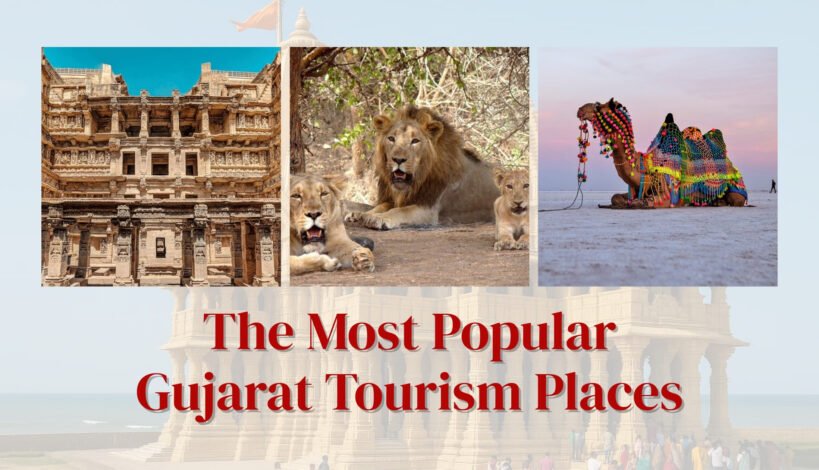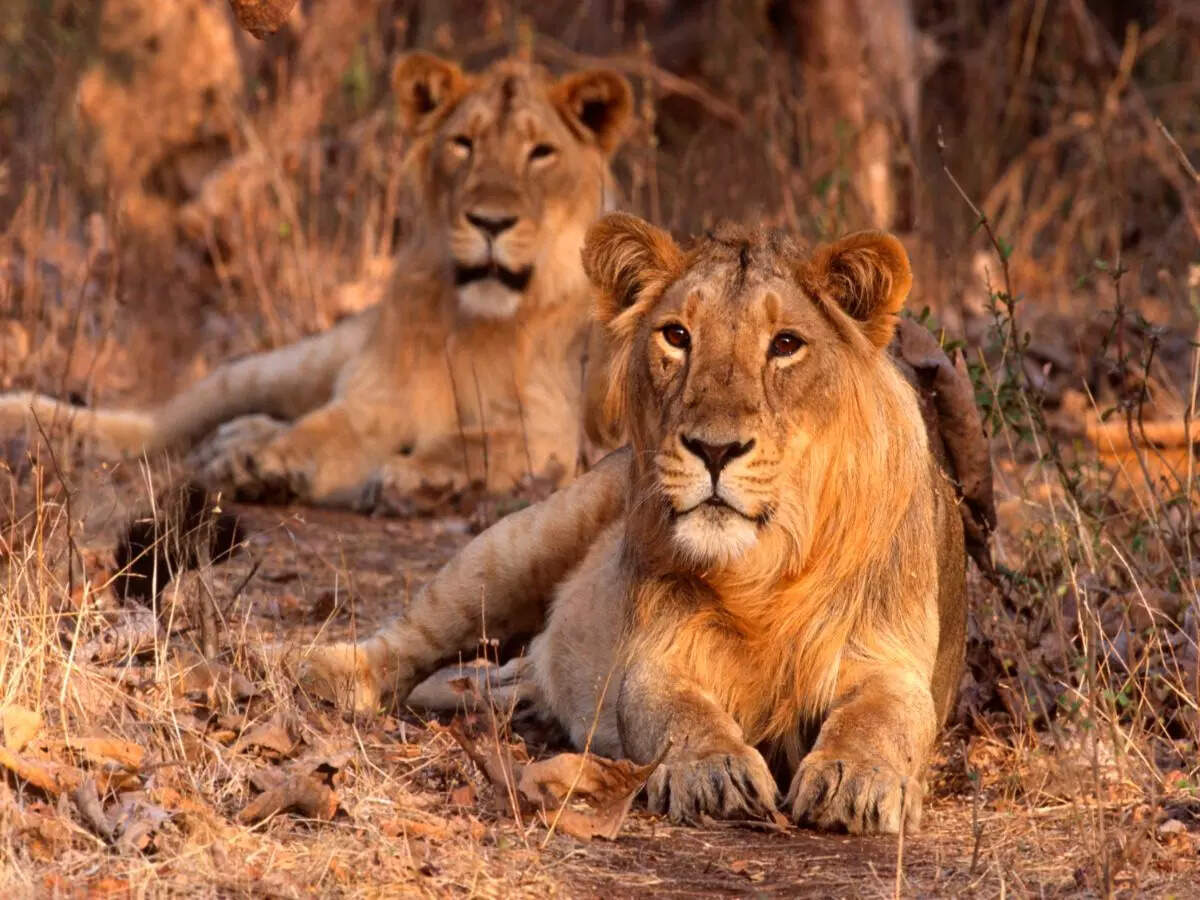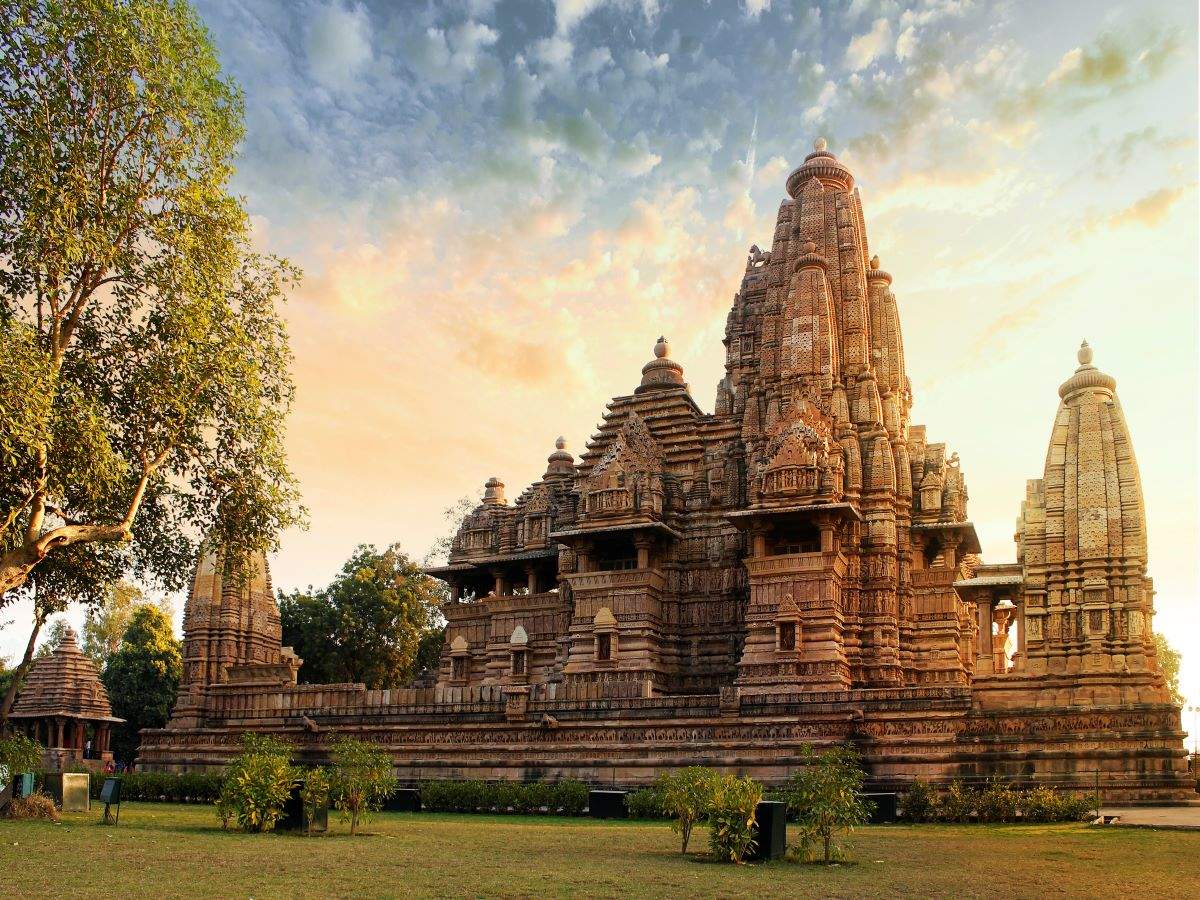The Most Popular Gujarat Tourism Places
Gujarat, the Land of Legends, is one of India’s richest states in culture, history, spirituality, and biodiversity. The state’s tourist attractions range from ancient stepwells and palaces to modern architectural marvels and vast wildlife sanctuaries, making it a dream destination for all types of travelers. If you plan to explore Gujarat in 2025, this comprehensive guide dives deep into the region’s top destinations, what makes them unique, and practical tips to make your journey unforgettable.
Ahmedabad: The Heart of Heritage and Modernity
Ahmedabad is the largest city of Gujarat and an exceptional blend of ancient heritage and modern city life. Designated as India’s first UNESCO World Heritage City, Ahmedabad’s historic walled city is a delight for history and architecture lovers. You can stroll through pols (old neighborhoods), visit Jama Masjid and Swaminarayan Temple, and experience the bustling Manek Chowk market at night.
Sabarmati Ashram:

The Sabarmati Ashram, once home to Mahatma Gandhi, is a major pilgrimage for followers of peace and nonviolence. It features a museum, library, and serene gardens along the Sabarmati riverbank, ideal for contemplation and learning about India’s freedom movement.
Adalaj Stepwell:

Among the city’s architectural marvels, the Adalaj Stepwell is a five-story intricately carved structure, built in 1499, combining Hindu and Islamic art. Visitors are mesmerized by the ornamental pillars and serene ambiance—perfect for cooling off during Gujarat’s hot afternoons.
Statue of Unity: The Modern Wonder
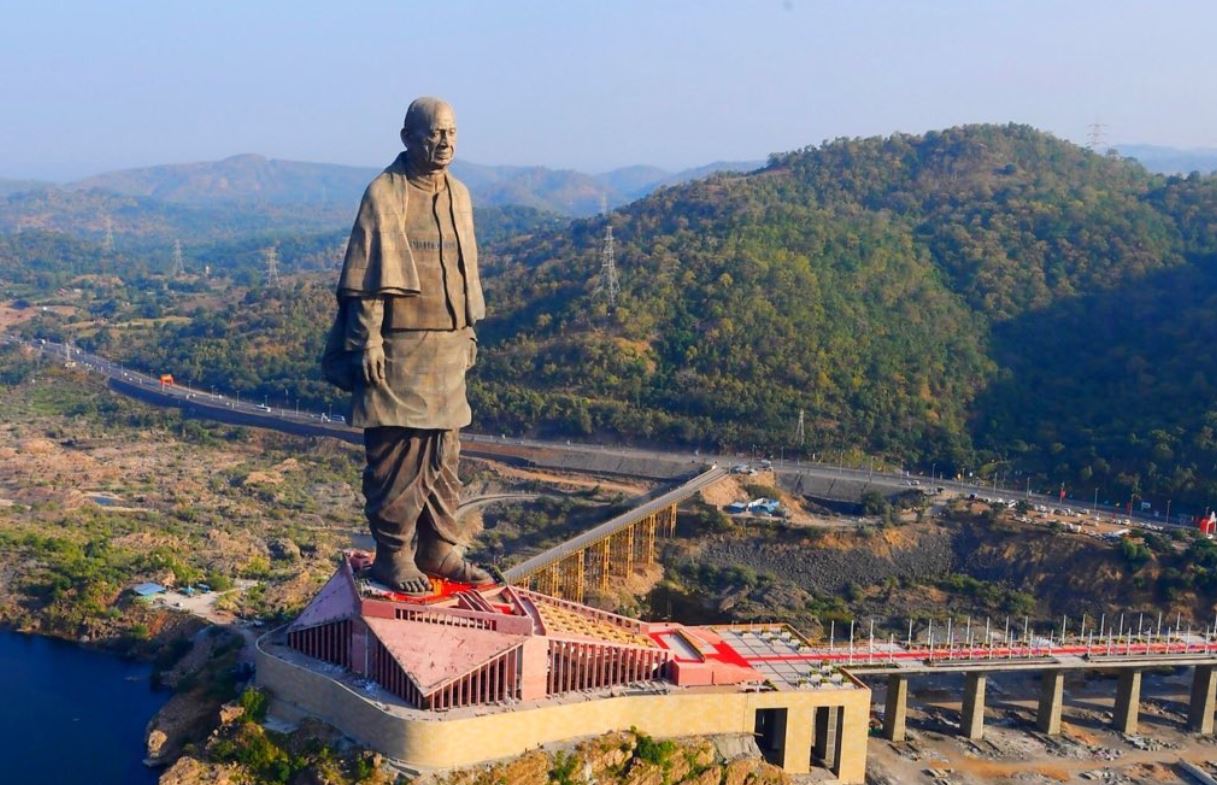
Located in Kevadia, the Statue of Unity is the tallest statue in the world, honoring Sardar Vallabhbhai Patel. Rising 182 meters above the ground, the giant statue overlooks the Narmada river and is surrounded by lush gardens, a museum, and adventure activities such as river rafting, cycling, and jungle safaris.
What to Experience:
- Museum detailing Patel’s life
- Viewing gallery at the chest height offering breathtaking views
- Sound and light show every evening
- Children’s Nutrition Park, Valley of Flowers, Butterfly Garden
- Sardar Sarovar Dam and Cactus Garden nearby
Tips:
Book tickets online in advance to avoid long queues, and plan for a full-day visit if you want to experience all that the valley offers.
Rann of Kutch: The White Desert Wonderland
The Rann of Kutch, stretching across more than 7,500 square kilometers, is an otherworldly expanse of white salt desert. During the annual Rann Utsav (November to February), the desert is transformed into a carnival of music, dance, and local crafts.
Highlights of Rann Utsav:
- Luxury tent stays with amenities
- Night-time folk performances beneath star-lit skies
- Camel rides, ATV tours, and hot-air ballooning
- Local handicrafts marketplace
- Traditional Kutchi cuisine stalls
Nearby Bhuj:
Bhuj, the gateway to Kutch, boasts royal palaces, museums, and vibrant textile markets. Key attractions include the Aina Mahal, Prag Mahal, and Bhujodi village known for handcrafted textiles and silver jewelry.
Tips:
Carry protective eyewear and sunscreen due to the desert’s intense sunlight and reflective salt. Advance bookings are critical during festival months.
Gir National Park: Land of Asiatic Lions

Gir National Park is the only place on Earth where you can see Asiatic lions roaming wild. Spanning 1,412 square kilometers, Gir is also home to leopards, hyenas, chital, sambar, crocodiles, and over 300 bird species.
Activities:
- Guided jeep safaris (bookings open online and in advance)
- Eco-friendly lodges and forest camps
- Devaliya Safari Park for quick lion sightings
- Nature interpretation centers
Flora and Fauna:
Gir’s dry deciduous forest is interspersed with rivers, grasslands, and acacia woodlands, making it one of India’s most ecologically diverse spots.
Tips:
Visit between December and March for the best wildlife sightings. Morning safaris increase the chances of seeing lions and bird species.
Somnath Temple: The Pilgrim’s Paradise

Standing on the Arabian Sea coast, Somnath Temple is one of the 12 Jyotirlinga shrines of Lord Shiva and boasts a dramatic history of destruction and resurrection.
Features:
- Spectacular architecture with sea-facing views
- Evening Aarti and synchronized light and sound show
- Prasad ritual and temple museum
- Triveni Sangam (meeting point of three rivers) nearby
Tips:
Visit during evening aarti for magical sights and spiritual resonance. Note temple dress code; modest attire is required.
Dwarka: Kingdom of Lord Krishna
Dwarka is a Char Dham pilgrimage site and is deeply associated with Lord Krishna’s legend. The Dwarkadhish Temple, believed over 2,500 years old, is a spiritual magnet for devotees.
What to Explore:
- Main temple complex with 60 smaller shrines
- Bet Dwarka Island (short ferry ride away)—ancient Krishna residence
- Nageshwar Jyotirlinga temple
- Gomti Ghat rituals and evening aarti
Tips:
Stay in local guesthouses for authentic temple-town experiences. Combine temple visits with sightseeing at nearby beaches and historic shrines.
Palitana: The Hill of Jain Temples

Palitana, atop Shatrunjaya Hill, is the world’s largest temple complex, with over 800 marble temples. Jain devotees climb 3,800 steps to reach spiritual elevation and enjoy panoramic views.
Features:
- Temples date from the 11th century onwards
- Intricate marble carvings
- Panoramic sunrise and sunset vistas from the hilltop
- Jain rituals and fasting traditions
Tips:
Best visited at sunrise or sunset. Bring water and wear comfortable shoes for the climb. Non-vegetarian food and leather are strictly prohibited in the temple precincts.
Vadodara: The City of Palaces

Vadodara (Baroda) is a cosmopolitan city with deep royal heritage. At its heart is the Laxmi Vilas Palace, the largest private residence in India, surrounded by lush gardens and museums.
Highlights:
- Laxmi Vilas Palace (still inhabited by the royal family; don’t miss the golf course and armoury)
- Champaner-Pavagadh Archaeological Park (UNESCO site for ancient civilizations and forts)
- Baroda Museum & Picture Gallery
- Kirti Mandir memorial
- Cultural festivals and fairs year-round
Tips:
Purchase palace tickets at the entry and follow photography rules. The best time for festivals is spring and autumn when classical music and dance shows animate the palace lawns.
Patan: The Stepwell City
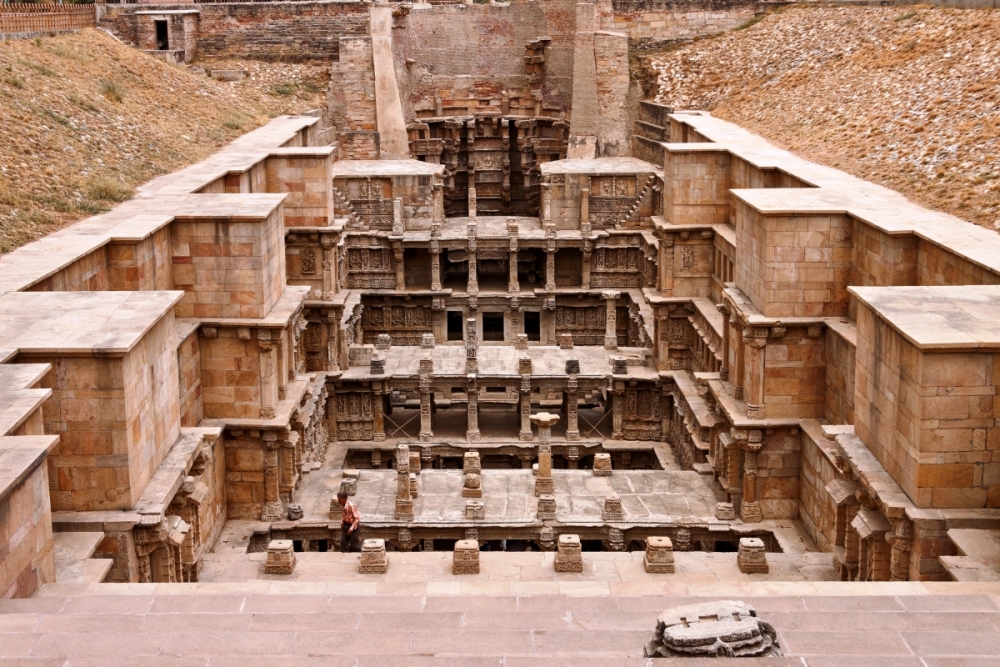
Patan, a historic city, is home to Rani ki Vav, Gujarat’s UNESCO World Heritage stepwell. This grand structure contains more than 500 principal sculptures and thousands of smaller carvings, representing one of India’s finest ancient water management systems.
Highlights:
- Rani ki Vav: 11th-century stepwell, 7 levels with mythological sculptures
- Patola sari weaving workshops
- Sahastralinga Talav (ancient tank)
- Local textiles and crafts markets
Tips:
Wear comfortable walking shoes as the stepwell’s steps are steep. Visit patola weaving workshops for authentic textile-buying experiences.
Bhuj and Kutch: Gateway to Culture

Bhuj, the capital of the Kutch district, is a tapestry of palaces, handicrafts, and unique local cuisine.
Attractions:
- Prag Mahal and Aina Mahal (palace museums)
- Bhujodi Village for vibrant textiles and jewelry
- Kutch Museum and Khavda Pottery
- Local festivals such as Nag Panchami, Bhujia Hill trekking
Nearby:
The region offers Mandvi Beach, famous for its golden sands and camel rides, and the protected area of Kutch Great Indian Bustard Sanctuary for bird lovers.
Saputara: Gujarat’s Only Hill Station
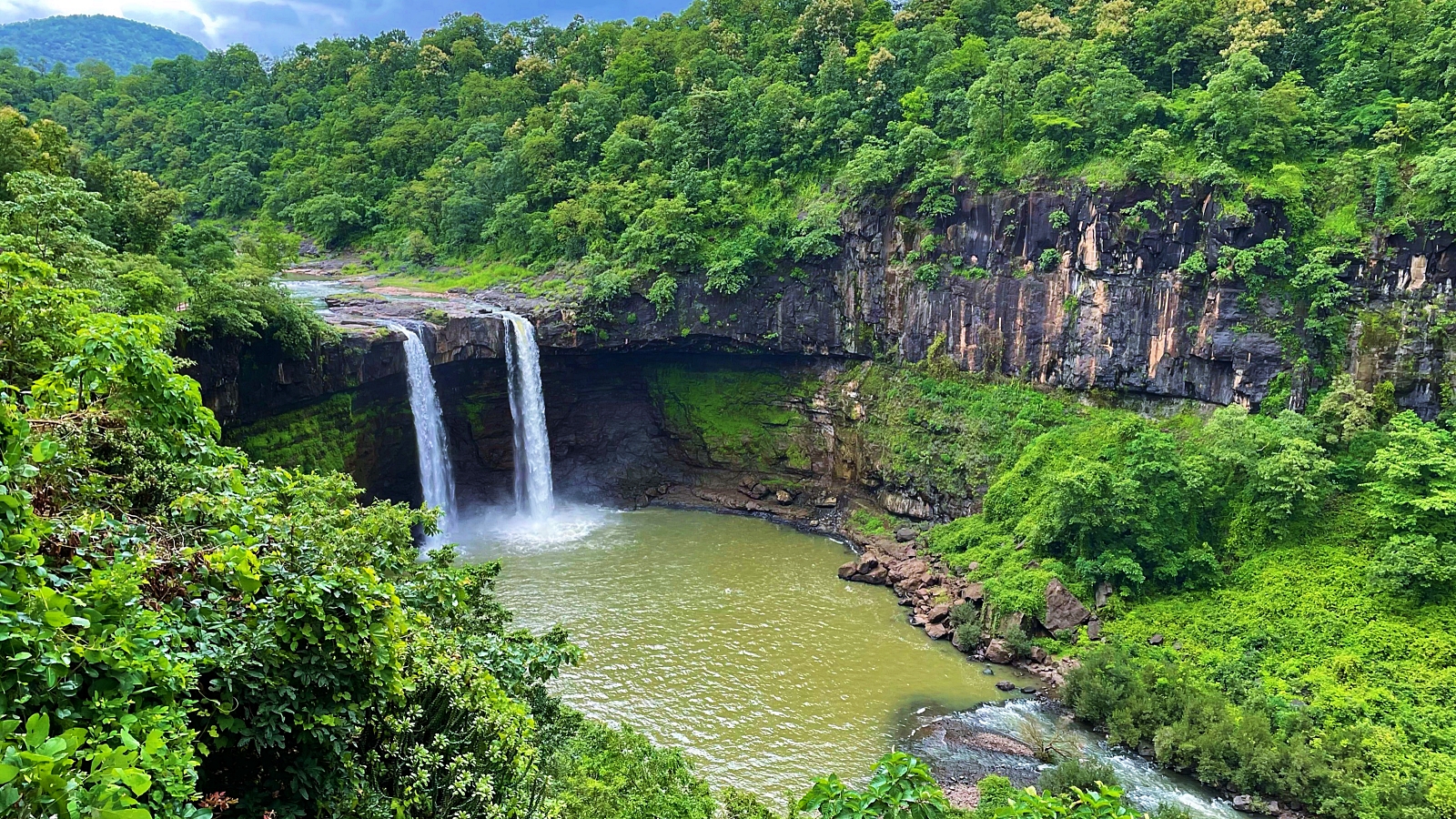
Perched atop the Sahyadri range, Saputara is ideal for travelers seeking cooler climates, forests, and hill culture.
Highlights:
- Boating on Saputara Lake
- Ropeway rides to Sunset Point
- Tribal Museum showcasing indigenous artifacts
- Nature walks and waterfalls in the monsoon
- Adventure sports—paragliding, cycling, trekking
Tips:
Monsoon (July to September) is the best time for waterfalls and lush greenery; summer months are cooler than Gujarat’s plains.
Beaches of Gujarat: Sun, Sand, and Serenity

Gujarat’s coastline is dotted with pristine beaches offering relaxation and adventure. Top picks include:
- Mandvi Beach: Camel rides, wind farms, water sports
- Diu Beach: Former Portuguese colony, laid-back town with palm-fringed beaches
- Shivrajpur Beach: Blue Flag certification for clean sands and water sports
- Nagoa Beach (Diu): Water sports and eco-resorts
Tips:
Carry beachwear, hats, and sunscreen. Diu’s Portuguese heritage is visible in its churches, fort, and cave systems nearby.
Image Placement:
Insert sunset and water activity photos after each beach section.
Festivals of Gujarat: Culture in Motion

Gujarat’s festivals are a celebration of vibrant traditions, colors, and spiritual context.
- Navratri: Nine days of dance (Garba and Dandiya) across cities, spectacular costumes, and music
- Rann Utsav: Kutch’s white desert transforms into a festive ground
- International Kite Festival (Uttarayan): Skies come alive as millions of kites soar over Ahmedabad each January
- Bhavnath Fair, Modhera Dance Festival, Tarnetar Fair: Ancient rituals, folk dance, and crafts
Tips:
Book hotels well in advance during major festival times; local markets and food stalls are busiest then.
Gujarat Wildlife Beyond Gir
Gujarat’s natural gems include several protected sanctuaries and national parks.
- Velavadar Blackbuck National Park: Home to antelopes and wolves
- Marine National Park Jamnagar: India’s first marine sanctuary, coral reefs, and rare aquatic species
- Nalsarovar Bird Sanctuary: Migratory birds, boating, and nature trails
- Great Indian Bustard Sanctuary: Bird-watching safaris
Tips:
Visit with guides to improve your chances of spotting rare species. Respect wildlife rules and avoid plastic usage inside parks.
Architectural Marvels and Ancient History
Gujarat is a treasure trove for lovers of history and architecture.
- Modhera Sun Temple: 11th-century temple dedicated to Surya, famed for its carvings and stepwell
- Champaner-Pavagadh Archaeological Park: Prehistoric fort and palace complexes, UNESCO World Heritage Site
- Lothal and Dholavira: Harappan/Indus Valley Civilization sites with ancient roads and artifacts
- Mahabat Maqbara, Sarkhej Roza, Sidi Saiyyed Mosque: Islamic architecture blending Indo-Saracenic styles
Tips:
Many sites can be reached by local buses and hired taxis. Best season for visits is October to February.
Food Trails of Gujarat

The unique flavors of Gujarat are an essential part of any travel itinerary. Popular dishes include:
- Dhokla, Khandvi, Fafda-Jalebi: Street snacks, easily found in every city
- Undhiyu: A winter mixed vegetable delight
- Kathiyawadi thali: Spicy, rustic meals perfect for rural explorations
- Surti Locho, Lilva Kachori: Specialty items from Surat and Saurashtra
- Gordhan Thal (Ahmedabad): Famous for unlimited Gujarati thalis and seasonal aamras
Tips:
Food is generally vegetarian, though some coastal regions have seafood. Don’t miss local sweet shops for traditional sweets like Mohanthal.
Rural and Tribal Gujarat
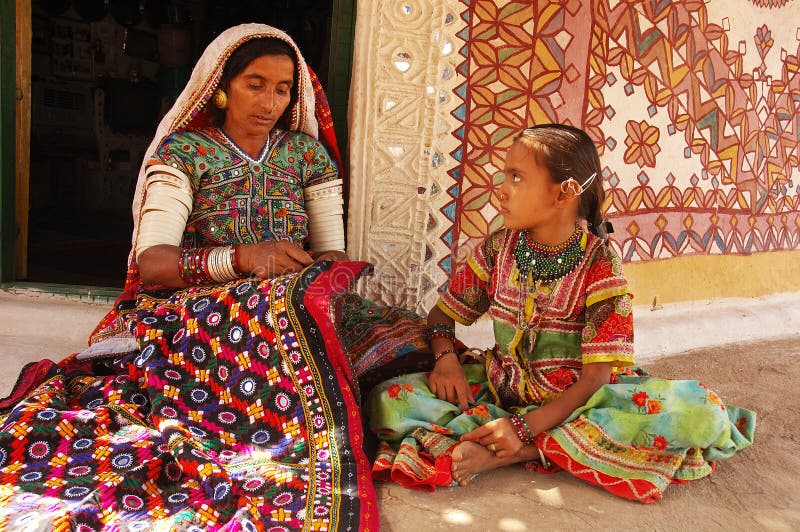
Eastern Gujarat, especially Dangs district and tribal regions, are home to ancient traditions, folk music, colorful costumes, and genuine homestay experiences.
Activities:
- Homestays with local tribes
- Folk dances and music during festivals
- Crafts workshops—pottery, leatherwork, bandhani textiles
- Forest hikes, waterfalls, and birdwatching
Tips:
Respect local customs and seek permissions for photography. Many tribal villages are accessible only by rural roads.
Planning Your Gujarat Trip: Travel Tips and Itinerary Ideas
Best Time to Visit
Gujarat is a year-round destination but October to March is ideal due to pleasant temperatures and major festivals. Rann Utsav, Navratri, and Kite Festival are major seasonal highlights.
Getting Around
- Gujarat is well-connected by air, train, and bus to major Indian cities. Self-drive cabs and rental bikes are available in larger cities.
- Local city transport includes auto-rickshaws and app-based taxis.
- Remote destinations (Kutch, Saputara, Dangs) are accessible by intercity bus or guided tour.
Accommodation
Options range from luxury hotels and palatial resorts (Laxmi Vilas Palace, Rann tent city) to wildlife lodges (Gir, Velavadar) and tribal homestays (Saputara, Dangs). Advance booking is recommended for peak season.
Safety and Etiquette
- Gujarat is safe for solo and family travelers. Dress modestly at religious sites.
- Tap water may not be potable in rural areas; use bottled water.
- Carry cash for small vendors and local markets.
Conclusion: Why Gujarat is India’s Must-Visit State in 2025
From the world’s tallest statue and a living desert to temples, palaces, and wildlife, Gujarat offers a tapestry of experiences unmatched anywhere else in India. With vibrant festivals, beautiful landscapes, unique cuisine, and a legacy of historical harmony, the state welcomes travelers to explore at their own pace. Whether you’re a devotee, an adventure seeker, a history lover, or simply in search of unique flavors, Gujarat promises an epic journey that will linger in your memories forever.
Related Posts
Categories
- Advertising(1)
- Branding(4)
- Developing(4)
- Illustrations(3)
- knowledge(2)
- Marketing(2)
- Mockups(4)
- technology(2)
- Travel & Tourism(2)
- World Explore(2)
Recent Posts
iOS 26 Launch, Download, Eligible Devices, Features & Liquid Glass Wallpaper
Social Commerce in 2025: In‑App Shopping on Instagram, TikTok, YouTube
AI Integration & Automation: Personalization

At Vajraah Digital, we're not just a digital agency; we're your partners in the digital realm, dedicated to amplifying your brand's presence, engagement, and success.

